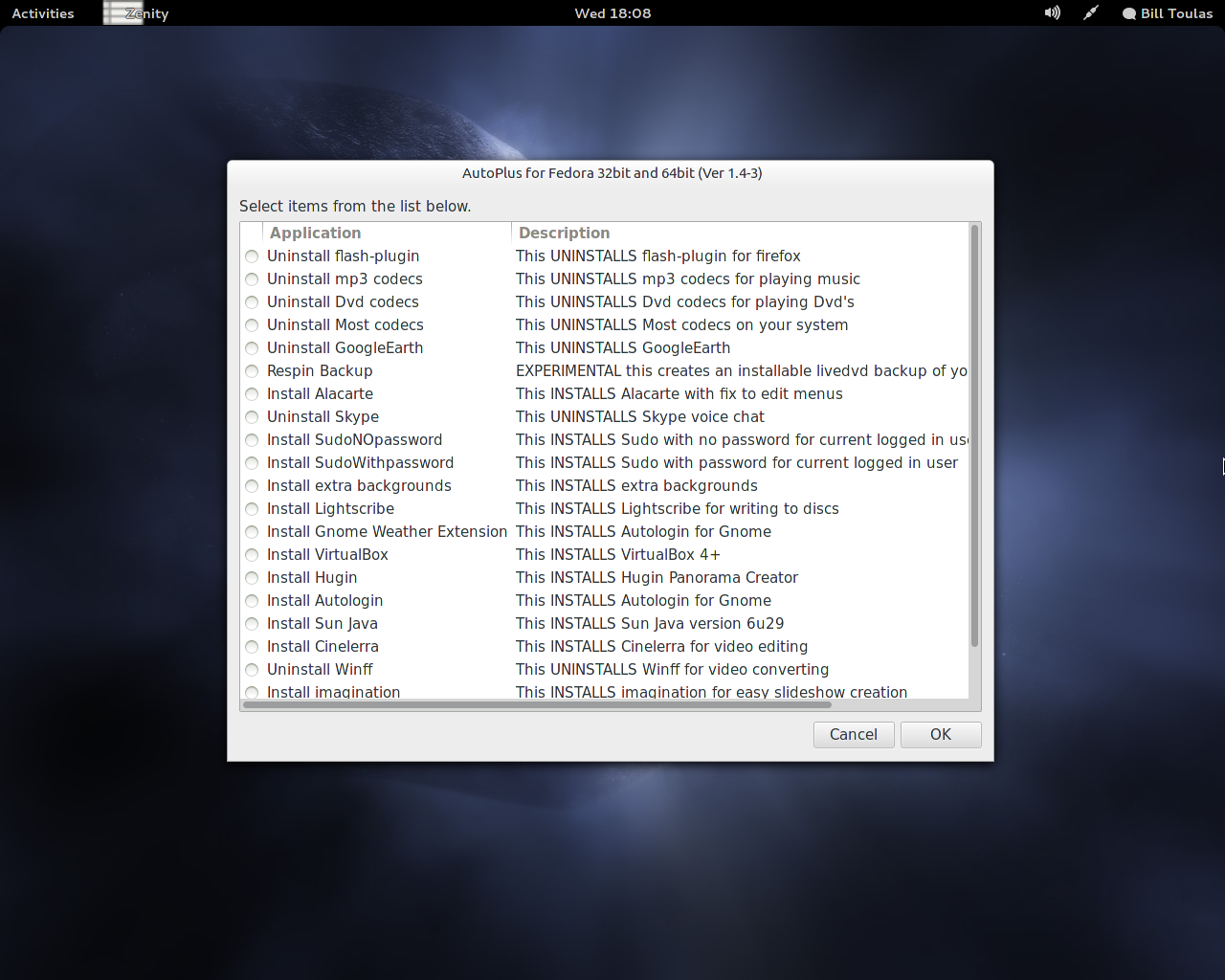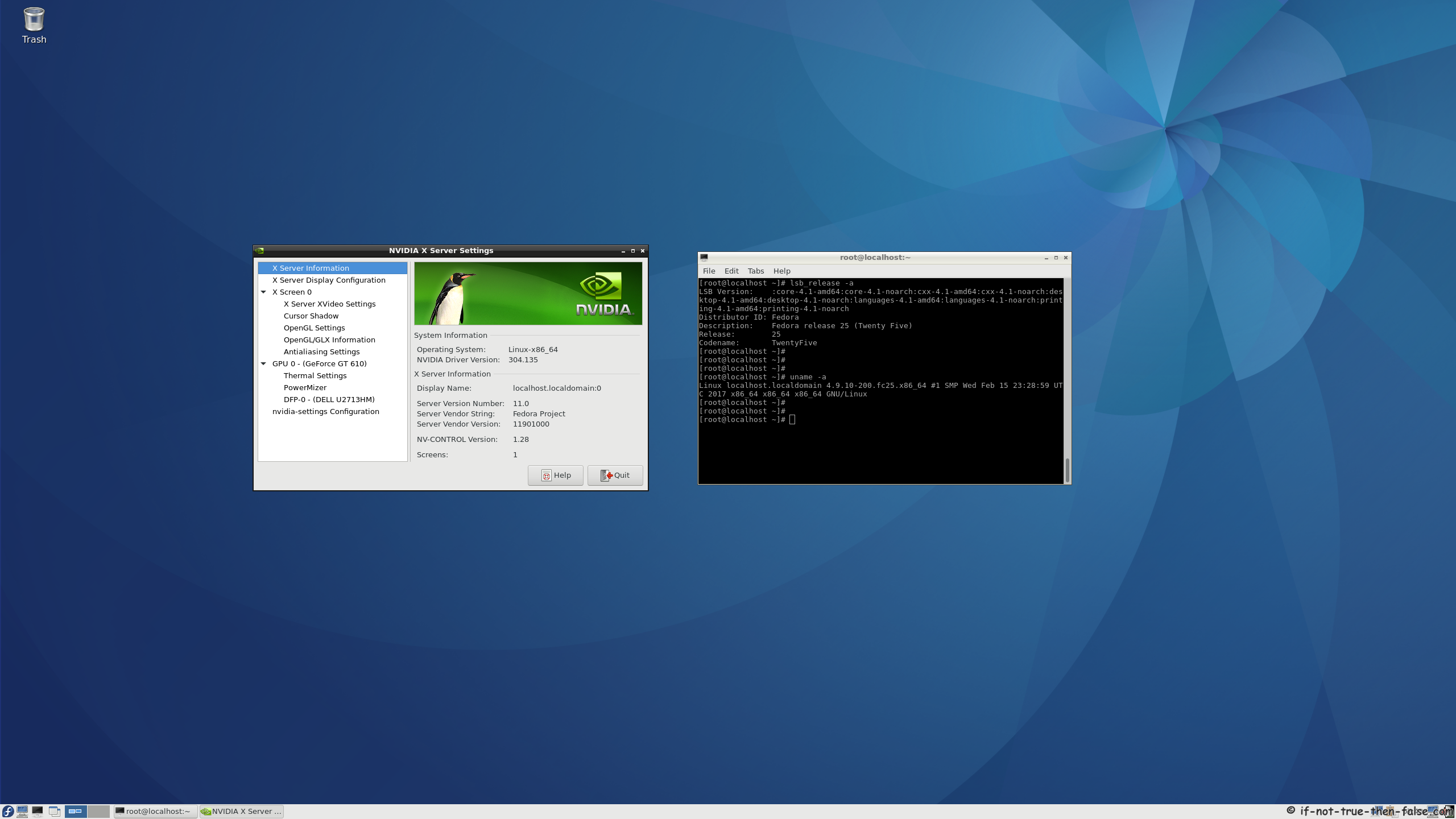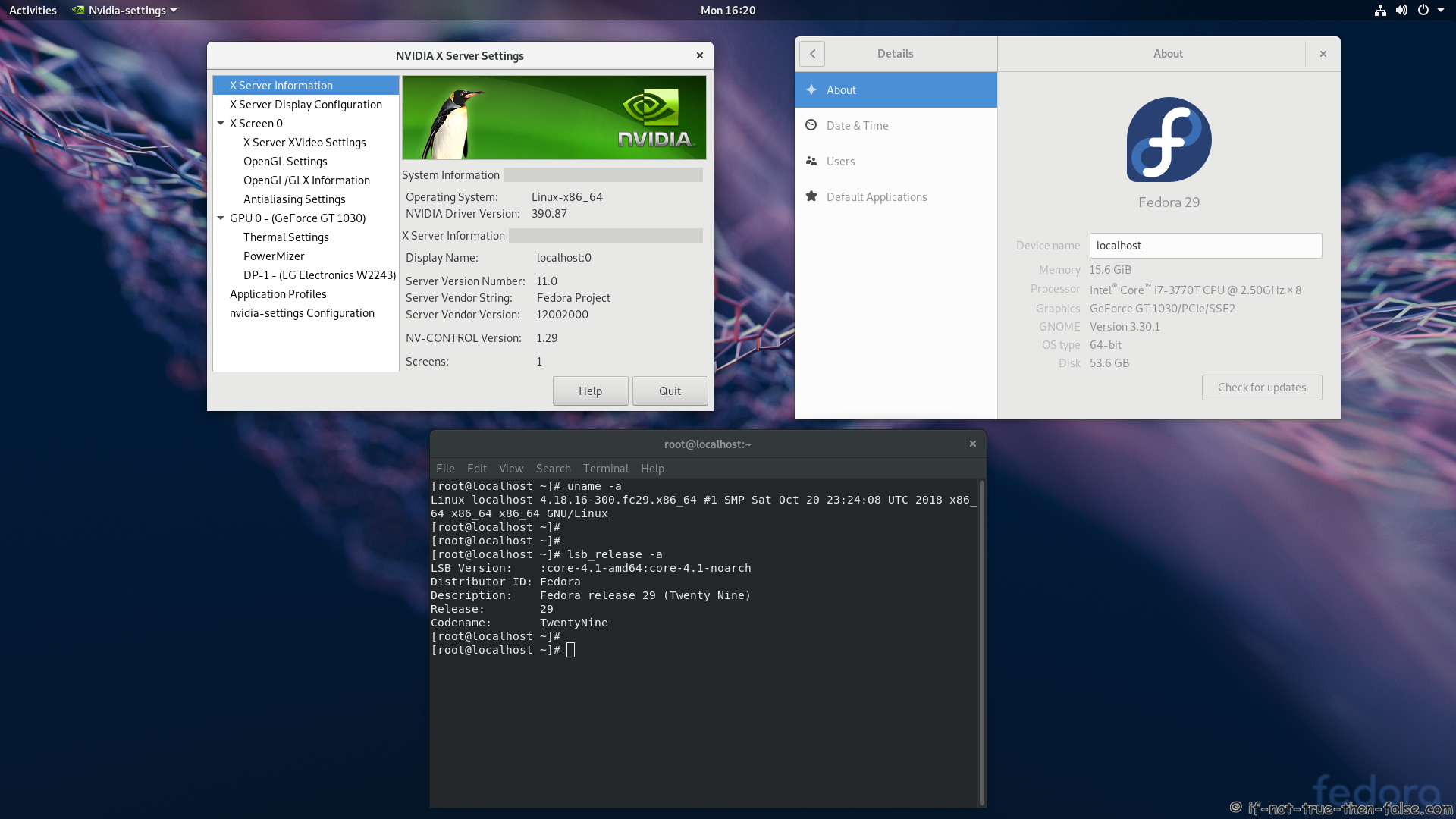

Additionally, If I have something saved in my keychain I can have other programs access it. Your using your browser and you want to save a login/pass to a site – it can save it in your keychain. You check your email using mail.app you can save your login/pass in keychain. You try to access a WEP enabled Wireless LAN – you can save the key in your keychain. Allowing the programs to run to access it if you give them permission.īasically every program saves its password into your keychain. If its the same then your keychain is unlocked when you login. Basically, all your applications have access to your keychain, which can have the same password or a different passward than your login on the machine. I can tell you about it since I use it everyday technically. “Can you tell more about it (or have some links)?”Īs for links… I looked on apple’s website and in their knowledge base… unfortunately they don’t have a good summary article on what keychains are, they just kind of assume you know it and go from there.

I personally prefer a lean and clean desktop and a solid developer plattform together with more free standards to enhance interoperability between applications and plattforms. Even Qt apps like Opera feel somewhat “alienated”. This is a good thing on one hand because you get a mega-integrated desktop if you have only very basic needs (email, browser, text editor, music, …) but as soon as you start using more powerful third party applications, this is rather counter-productive and not really helpful. It doesn’t look like it yet…Īnother thing is the tight integration of KDE by using KDElibs for everything and making almost everything a part of the desktop. I’m courious though if KDE really finds a way to get sane interfaces without sacrificing theyr wealth of options. KDE is certainly technically advanced in many areas (as a desktop), while GNOME is ahead in usability in many places.īoth are trying to fix up what they are lacking. Sudo /usr/local/cuda-11.“People in General” aka “Most Users” want BOTH features and simplicity of use.

By default, it is located in /usr/local/cuda-11.0/bin: To uninstall the CUDA Toolkit, run the uninstallation script provided in the bin directory of the toolkit.

update - Check Nvidia site and update to the latestįor cases where you use the CUDA installer, in the documentation for it you can find more options on how to uninstall it, like this excerpt: There are a couple of other nice options in case you want to use them like: Uninstall the currently installed NVIDIA driver. NVIDIA-Linux-x86-310.19.run -A which shows you the uninstallation option: -uninstall NVIDIA-Linux-x86-310.19.run -help or a more extended version for it: If you want to get the help for your Nvidia driver then do this: If the driver you downloaded is called for example NVIDIA-Linux-x86-310.19.run then you would run: sudo.


 0 kommentar(er)
0 kommentar(er)
